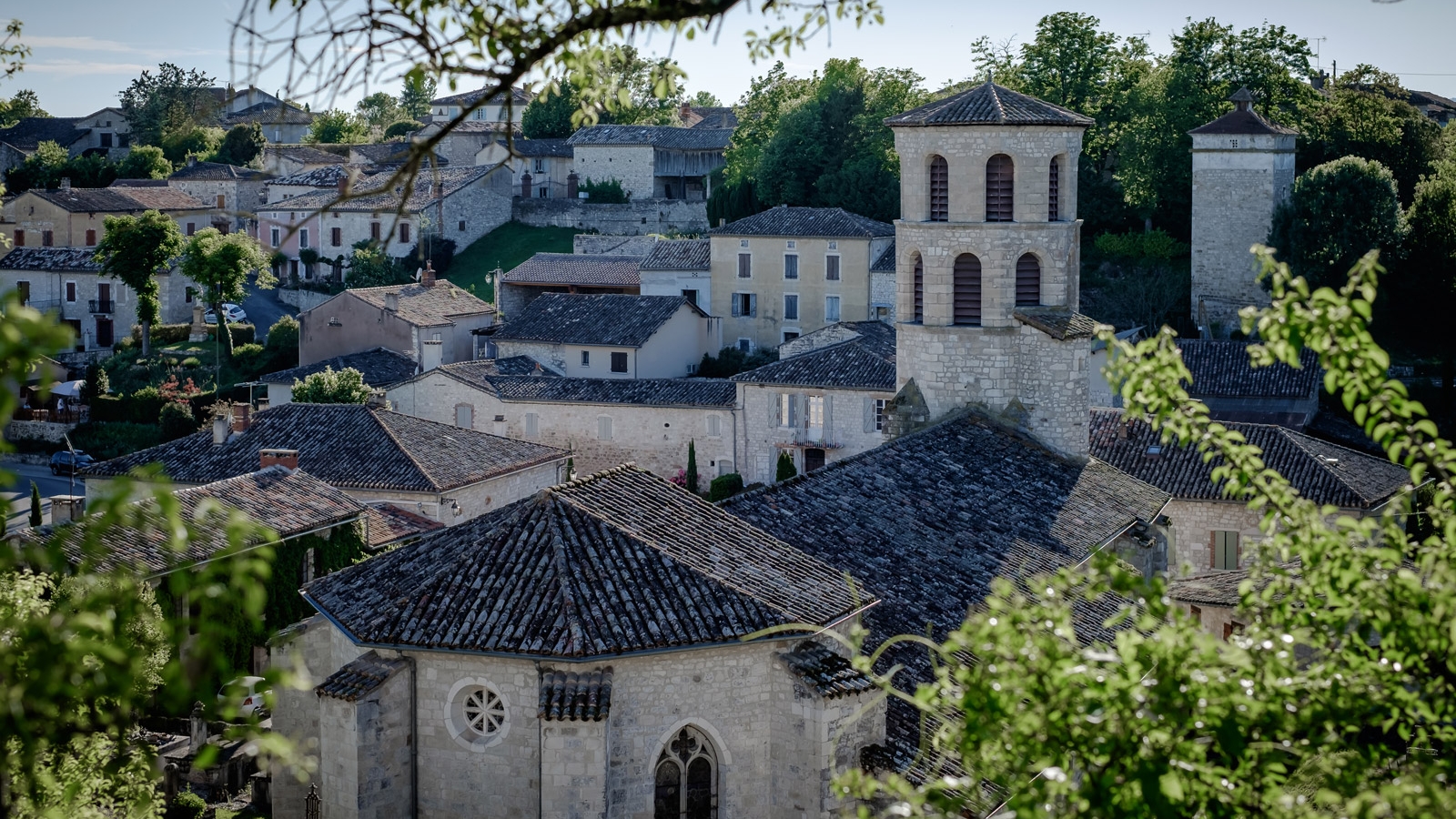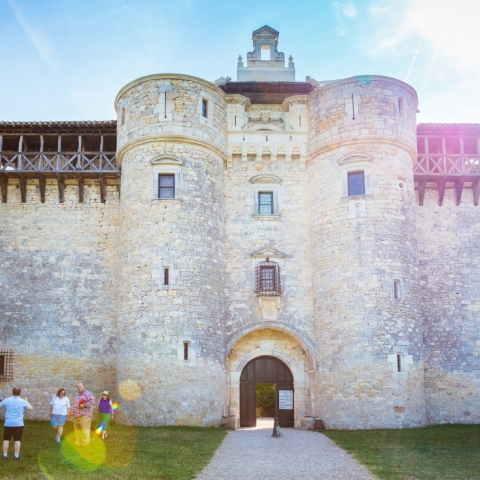
Vieux
Beautifully restored and blooming with flowers, Vieux is a small village in the Tarn where people really know how to live well. Residents of all ages and occupations take part in the numerous associations that are active there. Vieux is one of the oldest and most important pilgrimage sites in the region, with believers converging on the village for centuries both to pray and to honour the holy relics.
Vieux. Discovering the village
From the ninth century Vieux was one of the most important religious places for people from the Albi region because it housed relics of Saints Amarand, Eugène and Carissime.
Nowadays Vieux is small village, but it’s an extremely lively place. They make organic bread here, and its fine wines are recognised as far afield as America. The personal investment of the people living here has made this medieval village a fine, open-minded place to live in amongst the vineyards.

The 16th century Saint-Eugène church
With its rich pilgrim past, the Saint-Eugène church is classified as a historical monument. This vast building dates from the 16th century and was built on the site of a number of older churches, including one from 987 AD that was destroyed by Simon de Montfort during the Albi Crusades. During the French Religious Wars the church was ransacked by Protestants before it was repaired in the 17th century and finally restored some 100 years later.
The fine interior of a single nave of white stones is decorated with 14th century wall paintings, the best of which are ‘Rameaux’ (‘Palm Sunday’), ‘La Cène’ (‘The Last Supper’), ‘Le Portement de la Croix’ (‘The Carrying Of The Cross’) and ‘La Crucifixion’ (‘The Crucifixion’). The spectacular stained glass windows were made in 1882 by Henri Fauré, a painter and glassworker from Gaillac.
While you’re walking around, why not stop at the public washhouses, which will surely take you back in time? The oldest washhouse is higher up, while the other washhouse is further down, by the Sesquière stream.
In keeping with the traditions of the region, pigeon lofts are dotted all around. It’s worth taking note of the square tower that was originally built to defend the village, but which was eventually transformed into a pigeon loft.
Downstream from the village on the banks of the River Vère sits a menhir (a tall upright stone erected in prehistoric times) weighing in at around 15 tonnes, which proves that this site has been inhabited since the Chalcolithic Period, around 3500-1700 BC. The menhir’s position, its shape and its small hemispherical hollows called ‘cupules’ represent the constellations of Taurus and Orion. This appears to show that the menhir was erected by sun worshippers who used it to act as some sort of calendar.
Local legend has it that this stone was transported there by Saint Carissime on a silk cloth. It’s up to you whether you believe it, of course…










